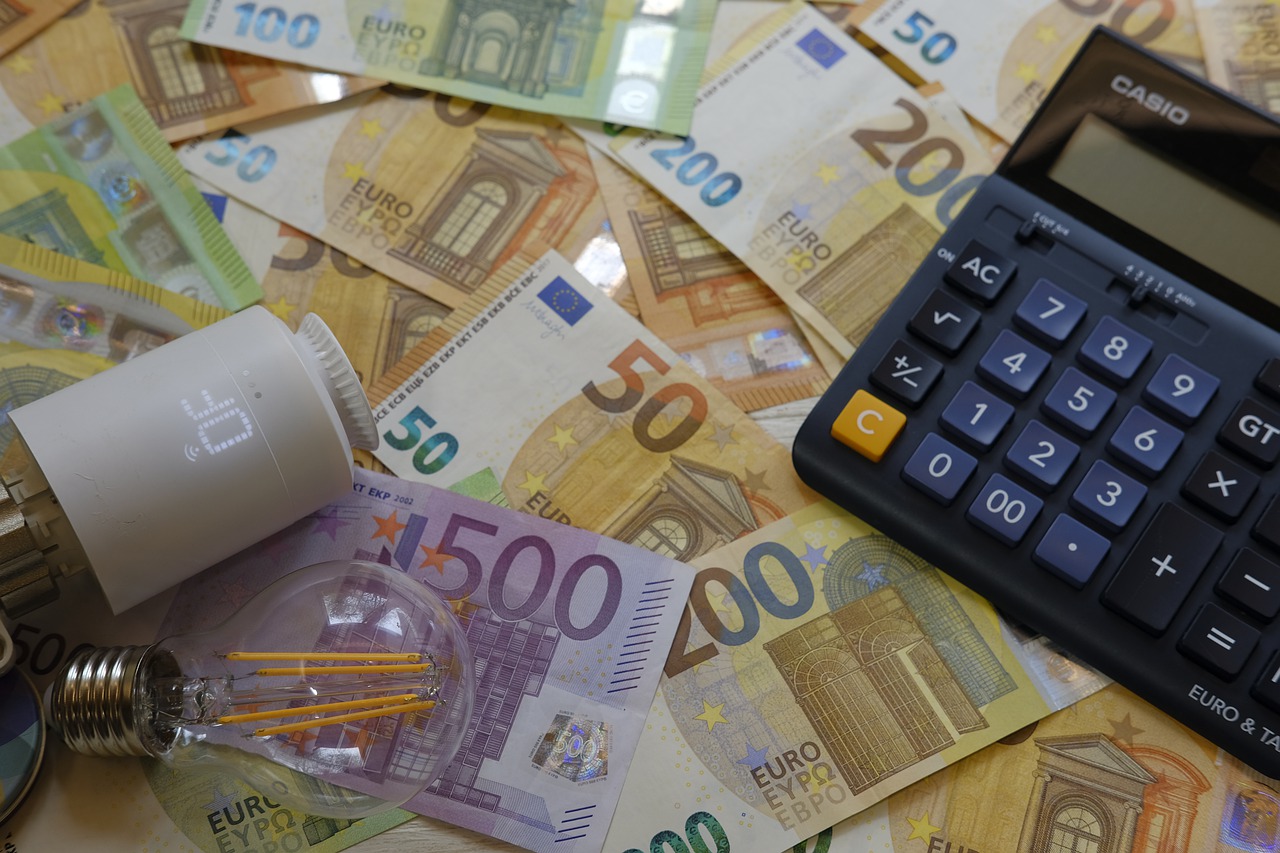Factors Influencing the Brazilian Real: Oil, Trade, Tourism, Growth, and Exchange Rate Volatility
GPT_Global - 2025-10-28 07:00:20.0 37
Can changes in oil prices affect the Real's value relative to the US Dollar?
```htmlIn the global economy, fluctuations in oil prices can significantly impact currency values. One key example is how changes in oil prices influence the value of the Brazilian Real (BRL) relative to the US Dollar (USD). Brazil is a major oil producer, and its economy is closely linked to the oil market. When oil prices rise, Brazil’s revenue increases, often boosting the value of the Real. Conversely, when oil prices fall, Brazil’s economy may face challenges, leading to a decline in the Real's value against the Dollar.
For businesses dealing with remittances, these currency fluctuations are crucial. As the Real weakens or strengthens, the amount of money sent from Brazil to other countries can be affected. Lower exchange rates may mean higher costs for remitters sending money abroad, while a stronger Real can benefit recipients of remittances.
Remittance businesses should closely monitor global oil price trends as part of their strategy to manage exchange rate risk. By doing so, they can better serve their customers, offering competitive rates and helping them navigate the impact of oil price changes on international money transfers.
```
How do trade surpluses or deficits in Brazil influence the Real to US Dollar exchange rate?
Understanding how trade surpluses or deficits in Brazil influence the Real to US Dollar exchange rate is crucial for the remittance business. When Brazil experiences a trade surplus, it exports more than it imports, creating demand for the Brazilian Real. This increased demand can strengthen the Real against the US Dollar, leading to a favorable exchange rate for those sending remittances from Brazil.
On the other hand, a trade deficit occurs when Brazil imports more than it exports, leading to less demand for the Real. This can weaken the Real relative to the US Dollar, resulting in a higher cost for sending money from Brazil to the US. As exchange rates fluctuate due to these trade imbalances, remittance businesses need to stay updated on Brazil’s trade balance to help customers make informed decisions about sending or receiving funds.
In summary, trade surpluses and deficits play a significant role in shaping the Real to US Dollar exchange rate. By closely monitoring these economic indicators, remittance businesses can better serve their clients by providing timely advice on the most cost-effective transfer methods based on exchange rate trends.
What is the impact of tourism on the Real-to-Dollar exchange rate?
Tourism plays a significant role in shaping currency exchange rates, especially the Real-to-Dollar exchange rate. When tourists visit a country, they typically exchange their currency for the local currency, driving demand for that country’s money. In the case of Brazil, the influx of tourists results in higher demand for the Brazilian Real, which can lead to fluctuations in the Real-to-Dollar exchange rate.
The impact of tourism is often seasonal, with peaks during major events, festivals, or holiday seasons. This increased demand for local currency can strengthen the Real against the US Dollar temporarily. Conversely, during off-peak periods, the demand for the Real may decrease, weakening the currency.
For businesses in the remittance sector, understanding these trends is crucial. Fluctuations in exchange rates affect the cost of sending money internationally. A stronger Real can mean that recipients in Brazil will receive more money when exchanging USD, whereas a weaker Real could reduce the amount they receive. Keeping track of tourism-related currency movements allows remittance businesses to provide more accurate rates and better service for their clients.
How does the economic growth in Brazil influence its currency exchange rate with the US Dollar?
Economic growth plays a significant role in influencing Brazil's currency exchange rate with the US Dollar. As Brazil's economy expands, the demand for the Brazilian Real (BRL) can increase due to higher exports, foreign investments, and improved market conditions. This often leads to a strengthening of the Real against the Dollar, making remittances sent to Brazil more valuable for recipients.
When Brazil experiences a period of economic growth, it attracts foreign investments, increasing capital inflows. This demand for the Real boosts its value, which can result in a favorable exchange rate for businesses and individuals involved in remittance transactions. For remittance services, this is an opportunity to offer more competitive rates, benefiting both senders and receivers.
However, fluctuations in Brazil’s economic performance, such as inflation or political instability, can impact the exchange rate, making it essential for remittance businesses to monitor these trends. By understanding how economic growth affects currency movements, remittance providers can better assist customers with timely and cost-effective transfers to Brazil.
Why is the Brazilian Real so volatile compared to other currencies like the Euro or Yen?
**Why is the Brazilian Real So Volatile Compared to the Euro or Yen?**
The Brazilian Real (BRL) is often more volatile than currencies like the Euro (EUR) or Japanese Yen (JPY), mainly due to its connection to Brazil’s economic landscape. Unlike the Euro or Yen, which benefit from the economic stability of the European Union and Japan, Brazil's economy faces higher levels of inflation, political uncertainty, and external market pressures. These factors make the BRL more susceptible to rapid fluctuations.
Another key reason for the Real’s volatility is Brazil's reliance on commodity exports. As a major exporter of oil, soybeans, and iron ore, global demand for these goods directly influences the value of the Real. When global commodity prices rise or fall, the Real’s value can swing dramatically. Additionally, the Brazilian government’s fiscal policies and interest rate decisions also play a significant role in impacting the currency’s stability.
For businesses in the remittance sector, understanding this volatility is crucial. Exchange rate fluctuations can significantly affect the value of remittances sent to Brazil, impacting both senders and receivers. Staying informed about currency trends is essential for managing the risks associated with remittance transfers to Brazil.
What tools can businesses use to hedge against fluctuations in the Real-to-Dollar exchange rate?
In the dynamic world of remittance businesses, managing the impact of exchange rate fluctuations is crucial. Particularly, fluctuations in the Real-to-Dollar exchange rate can significantly affect the profitability of cross-border transactions. To mitigate risks, businesses can utilize a range of financial tools designed to hedge against these uncertainties.
One of the most common hedging tools is a forward contract. This allows businesses to lock in an exchange rate for a specific amount of Real at a future date. This ensures that the company can budget accurately, without being exposed to adverse rate movements.
Another effective tool is a currency option. This provides businesses the right (but not the obligation) to exchange currency at a predetermined rate, offering flexibility to benefit from favorable shifts in the exchange rate while protecting against unfavorable movements.
Additionally, businesses can use currency swaps, where two parties exchange cash flows in different currencies to manage long-term exposure. These tools help stabilize cash flow and reduce the impact of Real-to-Dollar fluctuations on the remittance business’s bottom line.
By using these hedging strategies, remittance businesses can protect their financial interests and provide more stable services to their customers, ensuring smoother operations and better planning in the face of volatile exchange rates.
How can tourists in Brazil get the best value when exchanging Real to US Dollar?
Tourists traveling to Brazil often need to exchange their Brazilian Real (BRL) for US Dollars (USD). To get the best value when making this exchange, it’s important to understand the currency exchange process and use strategies that maximize value.
One of the most efficient ways to get a good exchange rate is to avoid airport exchanges, which tend to offer unfavorable rates. Instead, tourists should look for local currency exchange offices in major cities like Rio de Janeiro or São Paulo, where rates are typically better.
Another option is using international money transfer services that offer competitive rates for remittances. Many of these services provide online platforms to compare rates, enabling tourists to lock in better values before they travel. Additionally, using a credit or debit card that does not charge foreign transaction fees can help avoid additional costs.
Lastly, it’s essential to stay updated on the latest exchange rate trends. A little research can go a long way in ensuring tourists get the best value when exchanging Real to US Dollars during their trip to Brazil.
What are the risks of investing in Brazilian Real when it's at a low value compared to the US Dollar?
Investing in the Brazilian Real (BRL) when it’s at a low value compared to the US Dollar (USD) can seem attractive to investors and those involved in international remittance. A weak Real often means your dollars can buy more, which may appear to be an opportunity for higher returns once the currency strengthens. However, this strategy carries several risks that should be carefully considered.
One major risk is currency volatility. The BRL is known for its sensitivity to political changes, inflation, and global commodity prices. Sudden market fluctuations can quickly erode potential gains. Additionally, Brazil’s economic and fiscal policies may impact the currency’s recovery pace, making it difficult to predict future exchange rates accurately.
For remittance businesses, timing transactions when the Real is weak can help maximize transfer value, but inconsistent exchange rates also increase operational uncertainty. To mitigate these risks, it’s essential to use reliable remittance partners offering competitive rates and transparent fees. Monitoring market trends and using currency hedging tools can also help protect against unfavorable shifts in the BRL/USD rate.
About Panda Remit
Panda Remit is committed to providing global users with more convenient, safe, reliable, and affordable online cross-border remittance services。
International remittance services from more than 30 countries/regions around the world are now available: including Japan, Hong Kong, Europe, the United States, Australia, and other markets, and are recognized and trusted by millions of users around the world.
Visit Panda Remit Official Website or Download PandaRemit App, to learn more about remittance info.



